Ford Transit Connect Electric – Click above for high-res image gallery
Not only did Ford reveal the all-electric version of the Transit Connect Electric at the Chicago Auto Show this week, but they also pulled the electric vehicle (EV) into the snowy Chicago streets and allowed us to take it for a quick spin. After our five minutes behind the wheel, we can say that, if your company needs a sensible delivery vehicle that doesn't have to travel all that far each day, then this should be your electric van of choice. Well, depending on how much these vans will cost, a number we won't get until later this spring.
The most noticeable thing about the Transit Connect Electric is that this is a fully realized EV. Based on a very popular model – the standard gasoline and diesel Transit Connects have sold around 655,000 units since going on sale in Europe in 2003 and the van won the North American Truck of the Year after its introduction here in 2009 – the Transit Connect Electric feels like a utility car, electric or otherwise, should feel. Ford and its partner on the project, Azure Dynamics, have created a winner. Read on past the jump for the rest of the story.
Photos by Sebastian Blanco / Copyright ©2010 Weblogs, Inc.
From what we can tell, the Transit Connect Electric will operate like any other Transit Connect, except that running costs should be far lower than versions that burn CNG or gasoline (or, in Europe, diesel fuel). Turning the key, as in a standard vehicle, brings up the dashboard lights and turns the van on. At this point, the range and battery state of charge gauge come to life. While the Transit Connect Electric has an official range of 80 miles (depending on drive cycle), when we sat down in the driver's seat, we had just under 50 miles on the range gauge and just over half of the battery left in the state-of-charge indicator. This seemed a bit high to us, and reminds us that companies that opt to add some of these vans to their fleets shouldn't rely on these indicators until they've had some experience with just how quickly the last 20 miles might drop away. We're not saying drivers will get stranded, just that we're heard an ounce of prevention makes a lot of sense.
The Transit Connect is small, but there's a lot of practical room in back. Furniture stores probably won't want to invest in a fleet of these, but we can see telephone repair crews and food delivery companies seriously considering them. Scott Staley, chief engineer of HEV/FCV technology development for Ford and the leader of the technical team from the Ford side, rode with us and said the whole reason the Transit Connect Electric exists today is because customers came to Ford and expressed an interest in an electric delivery van. Fleet operators like the post office and AT&T are the most interested in the electric van, he said. For companies looking for something a bit larger, Azure does offer Ford's E-450 chassis vans and shuttle buses upfitted with the Balance hybrid electric drive system.
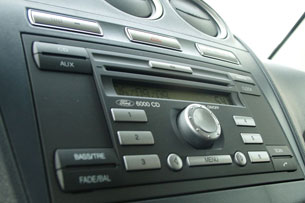
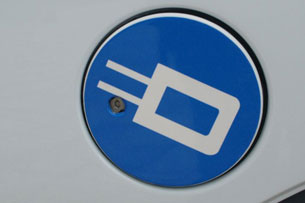
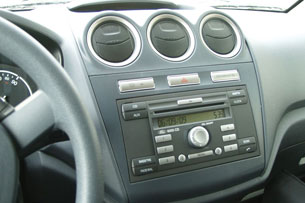
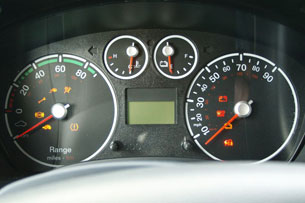
Driving the city-sized Transit Connect Electric, though, proves just how well all of the bits fit together well and it feels like you'd want a production EV to feel. This isn't a highway-ready long haul vehicle, but for scooting around corners and fitting in with traffic, the Transit Connect Electric performs as expected. The 0-60 is about the same as the gas version, for example, and the electric version has the same 39 foot curb-to-curb turning radius.
Last fall, things didn't appear quite as smooth as they are now. In October 2009, Ford and partner Smith Electric Vehicles mutually split ways on the Transit Connect Electric's powertrain and Ford scrambled to find a new partner in Azure. Staley said that one of the reasons Ford went with Azure was because it had the propulsion experience:
Why will the Transit Connect Electric be ready so soon? Because Ford promised to have an electric vehicle to market by the end of 2010. When the Smith partnership fell through, Staley said, teaming up with Azure as an upfitter made Ford realize they still had a chance to meet the deadline. After all, "We've got things backing up behind us," he said, referring to the Focus Electric and other hybrid and plug-in vehicles Ford has announced. "There's only one chance to get this car out first."In a lot of programs, you work on optimizing every component, right? In this vehicle, we've taken advantage of existing Azure experience with other components. For example, the charger for the vehicle is a Brusa charger, the electric drive is a Siemens motors which is an AC induction motor. It's not the latest permanent magnet technology, but is quite robust and they have a lot of field experience with it. So that's helped us meet the timing requirements to get this thing ready by the end of the year.
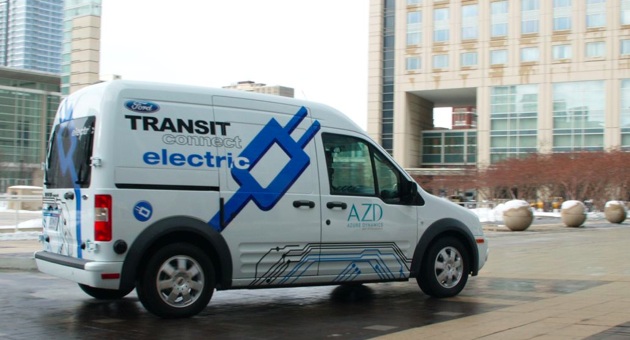
The logistics of building the Transit Connect Electrics look like this. The bodies will be built in Turkey and shipped as rolling chassis to southeast Michigan. There, in a city and plant to be announced later, they will be upfitted with the Force Drive powertrain by Azure. (The large vehicles that are upfitted with the Balance hybrid system undergo the procedure at a Utilimaster plant in Wakarusa, IN.) Azure is buying the vehicles from Ford and doing the EV powertrain work themselves, so it will fall to Azure to actually sell the vans. Staley said:
Ford is using a similar strategy with the CNG/LPG version of the Transit Connect Taxi it announced in Chicago. The variety of powertrains for the vehicle came about as a result of customers coming to Ford, Staley said. "They say, 'we need to do something to reduce our emissions," and Ford worked with them to figure out which powertrains would work best. Since taxis need to run more or less 24-7 or at least two shifts, electric vehicles could not handle the load and CNG was selected as an alternative. Having a variety of powertrains allows also Ford to respond to customer and government emphasis, Staley said. If the federal government were to say, for example, that plug-in hybrids will be the only vehicles to get tax credits, then Ford could relatively easily put a PHEV powertrain into the Transit Connect.In this case you see an upfitter strategy, where you share the costs of developing the vehicles. We also share the costs of marketing and selling the vehicles. So, Azure, for the electric truck, is going to be the marketing and sales agent, through selected Ford dealerships. They do all the heavy pulling.
Right now, there's no lengthy waiting list for the Transit Connect Electric – the van was only officially announced Wednesday, after all – but Staley said that he expects Azure representatives will soon be out talking to potential customers and taking orders. Setting and announcing the price is Azure's responsibility and will be revealed later this spring. For the first few years, Ford and Azure expect to build around 1,000 Transit Connect Electric vans annually and test the market demand. If our few minutes behind the wheel are any indication, they'll probably want to up that number sooner rather than later.
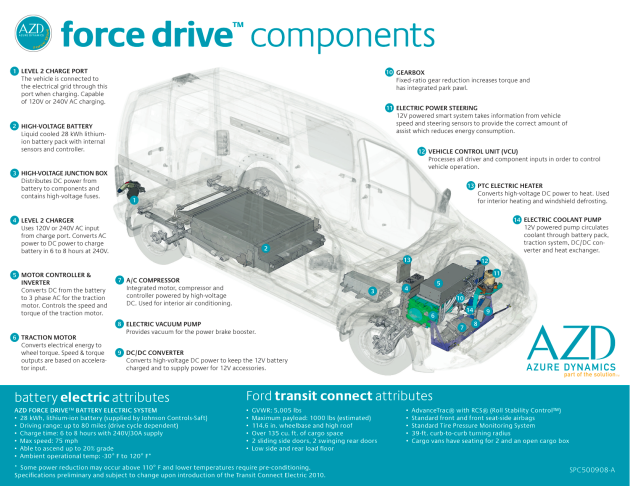
Click above for high-res image
Photos by Sebastian Blanco / Copyright ©2010 Weblogs, Inc.

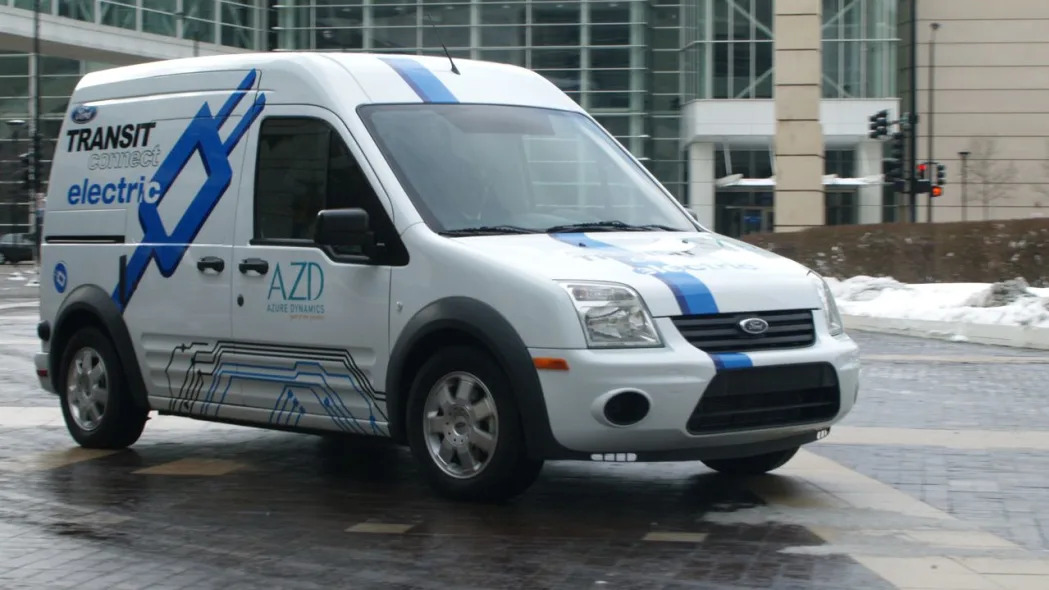
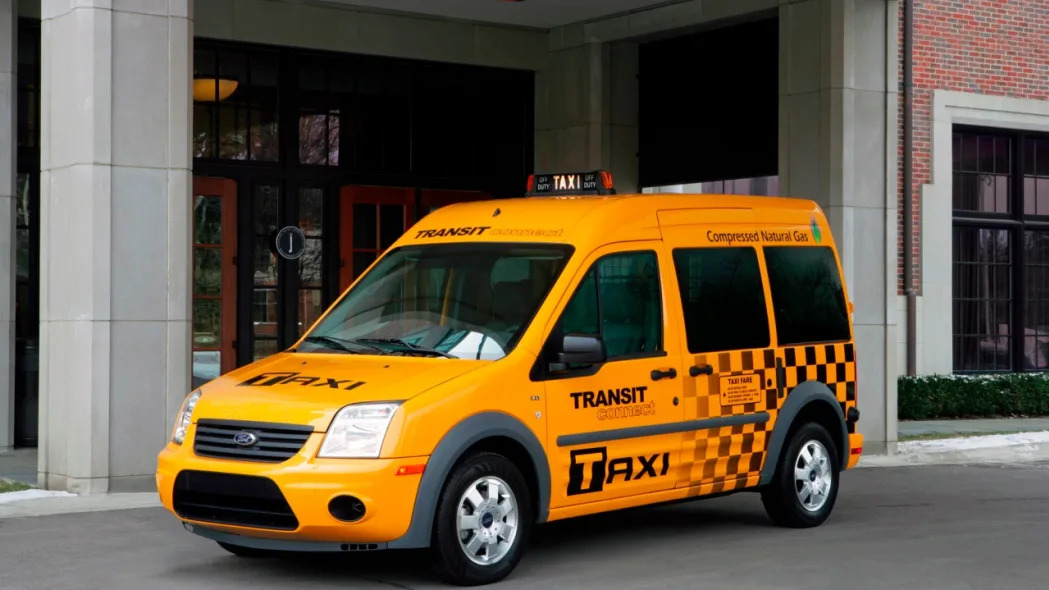

Sign in to post
Please sign in to leave a comment.
Continue